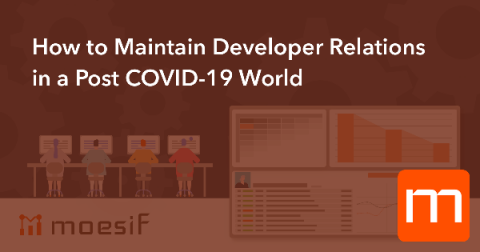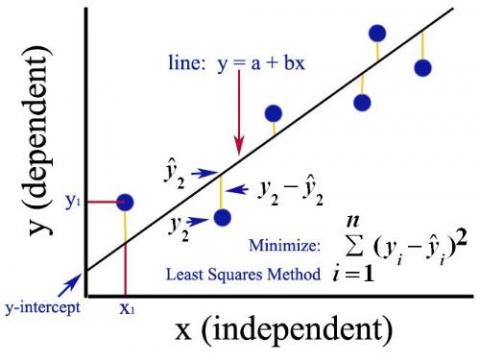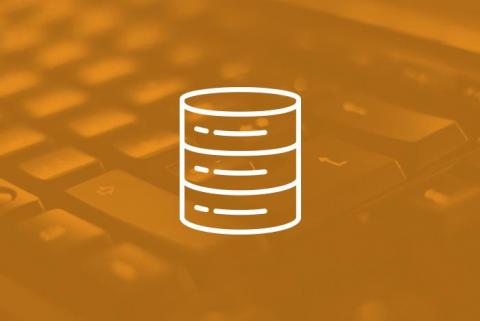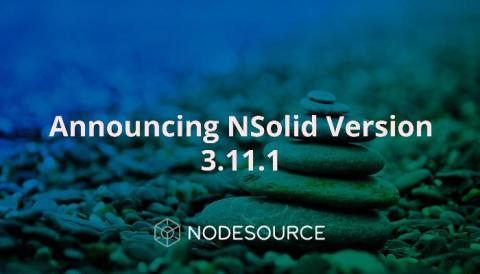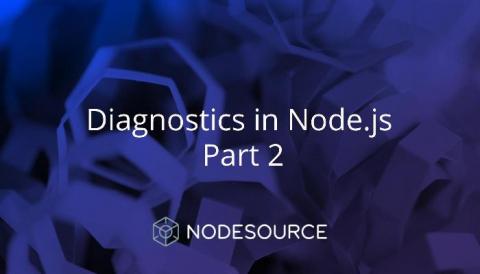Challenges of running a big data distro in the cloud
There are many reasons to run a big data distribution, such as Cloudera Data Hub (CDH) and Hortonworks Data Platform (HDP), in the cloud with Infrastructure-as-a-Service (IaaS). The main reason is agility. When the business needs to onboard a new use case, a data admin can bring on additional virtual infrastructure to their clusters in the cloud in minutes or hours. With an on-prem cluster, it may take weeks or months to add the infrastructure capacity for the new use cases.



